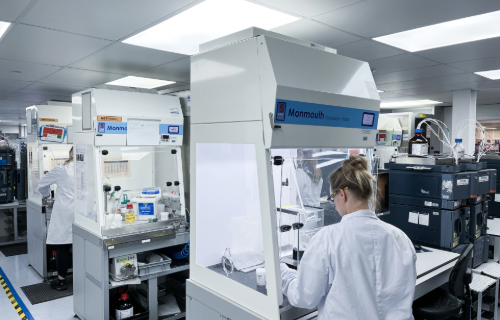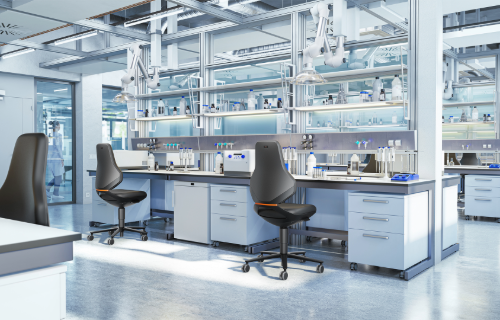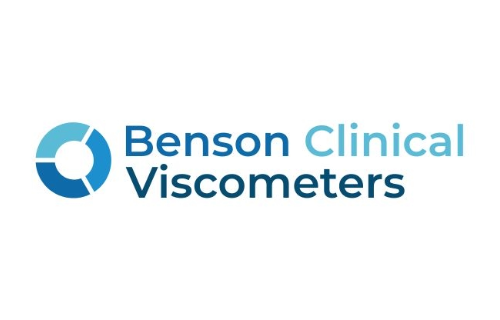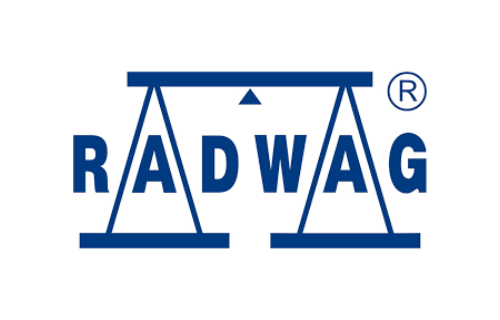Air filtration reduces lab ventilation energy use, cutting emissions while supporting safety and sustainability goals.
Laboratories are vital hubs of scientific innovation but consume far more energy than typical commercial buildings. As research institutions ramp up efforts to shrink their environmental impact, labs have become key players in the global push for decarbonization.
While many sustainability efforts focus on obvious targets—like single-use plastics, water use, or energy-hungry equipment—one major energy drain often goes unnoticed: lab ventilation. Traditional ventilation systems, designed mainly for safety, are now under scrutiny for their large carbon footprints and high operational costs. This is where air filtration steps in—not just as a safety measure but as a smart sustainability strategy.
Lab ventilation controls airflow to keep contaminants from building up, typically cycling air 6 to 12 times per hour. But this process uses energy comparable to several households. Common components include HVAC systems that handle air supply and exhaust, and containment devices like fume hoods that expel or filter contaminated air.
Ducted fume hoods, while effective, continuously exhaust large volumes of air, putting extra load on HVAC systems and increasing energy use and emissions. They also release contaminants outside, potentially harming air quality long-term.
Filtration-based solutions offer an alternative. These systems trap harmful substances before air is recirculated or vented outside. Examples include carbon filters for volatile chemicals, HEPA filters for particulates, and ductless filtered fume hoods. By cleaning and recirculating air, these technologies reduce the need for exhausting large air volumes, easing HVAC demand without sacrificing safety.
Filtered fume hoods, for instance, use carbon filters to capture chemicals instead of venting them outdoors. They require no ductwork, making them adaptable for both new labs and retrofits, while enabling smarter energy use.
Air filtration also helps labs meet sustainability benchmarks. It reduces onsite energy use (Scope 1 emissions) and electricity consumption (Scope 2), supports LEED certification points for energy efficiency and indoor air quality, and boosts scores on the LEAF (Laboratory Efficiency Assessment Framework). Importantly, it aids labs in reaching net-zero carbon goals by cutting emissions without compromising function.
Plus, filtration systems offer operational benefits like easier lab reconfiguration, lower capital costs, and less downtime—advantages that extend beyond sustainability.
Looking ahead, tackling ventilation’s energy use is crucial for meaningful emission cuts. Filtration-based containment captures hazards at the source and reduces the constant need to replace conditioned air, making it a practical solution for greener labs that maintain safety and performance.
Read the full story here.











